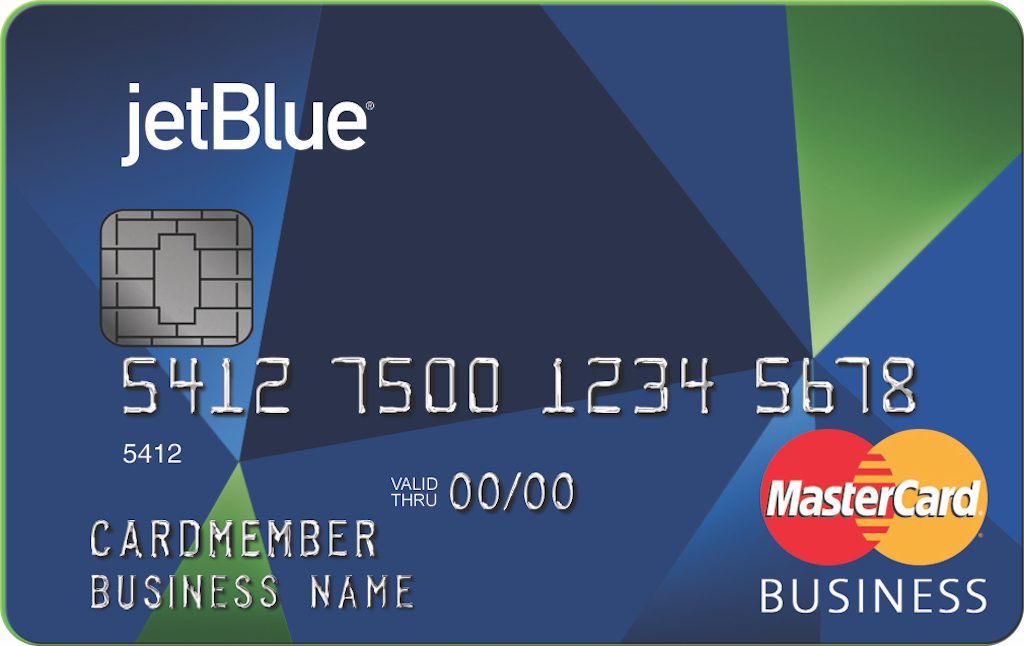Skift Take
JetBlue probably will never make the massive credit card revenue some of its peer airlines earn. But JetBlue can still make more money from its relationship with Barclays. It’ll be interesting to see how the partnership evolves.
As major U.S. airlines continue to win enormous contracts from big banks that covet their customers, do smaller carriers like JetBlue Airways have a disadvantage? And will newly announced routes to London matter for the New York-based airline in terms of revenues from credit card deals?
This is a big issue. Historically airlines have made the bulk of their revenues by selling tickets. But in recent years, banks have rewarded airlines with rich multi-year contracts that may be worth as much or more than ticket revenue.
The banks, including American Express, JPMorgan Chase, and Barclays, pay airlines for frequent flyer miles and award them to customers as incentives. The airline and bank also share customer information, so Delta Air Lines has access to insights about all American Express customers.
Delta showed earlier this month how lucrative these deals can be, when it announced an 11-year extension with American Express. By 2023, Delta expects to generate as much as $7 billion from its relationship with the bank. United Airlines seeks similar terms from Chase, executives said on the airline’s recent earnings call.
Smaller airlines like JetBlue have bank contracts, but they’re not as lucrative. JetBlue doesn’t share much about its arrangement with Barclays — the airline’s disclosures “leave a lot to be desired” one analyst said last year in a research note — but the airline probably makes hundreds of millions of dollars per year from it, not billions.
JetBlue will never close the gap, because as the sixth-largest U.S. airline, it’s considerably smaller than its peers. But Jamie Baker, an analyst with JPMorgan, questioned Tuesday on the airline’s first quarter earnings call whether JetBlue can come close to United Airlines, American Airlines, and Delta.
“When I think about the value drivers for the issuing banks — card member wealth and spend, the breadth of the underlying airline network, the sheer volume of card member transactions — this seems like a competitive area where the Big Three thrive at the expense of smaller operators like JetBlue,” he said.
Baker has a point. Banks like the three major airlines because of the breadth of their operations. Each has hubs in several of the largest U.S. markets, where prospective card-holders tend to have the most money. In addition, they all fly long-haul international routes, and they have large premium cabins that attract big spenders.
JetBlue doesn’t have the same utility. Yes, it has a transcontinental business class. And yes, it has hubs in three big markets — Boston, New York, and Fort Lauderdale. But beyond those markets it’s a tiny player, so it’s of little use to a bank that wants to attract West Coast cardholders.
Still, Marty St. George, JetBlue’s chief commercial officer, said low-cost-carriers like JetBlue still can compete for bank business.
He said JetBlue’s decision three years ago to move its business from American Express to Barclays has improved earnings, noting the deal has pushed ancillary revenues higher.
In the first quarter, JetBlue’s ancillary revenue increased 12 percent, year-over-year, “and the loyalty contribution of that was well above 12 percent,” St. George said.
He added that JetBlue’s program, which is fewer than 20 years old, may have more upside than established loyalty schemes from larger competitors.
“It’s worth remembering that TrueBlue is still a relatively young program compared to others,” St. George told analysts. “And I think it’s honestly why we’ve had [a] more than doubling portfolio since we transitioned.”
St. George also argued smaller airlines can make programs more enticing for banks by securing marketing relationships with other carriers.
JetBlue has a reciprocal frequent flyer partnership with Hawaiian Airlines, which means JetBlue customers in New York and Boston can fly nonstop to Honolulu using points. That arrangement may sway more customers in both cities to apply for JetBlue’s credit card, St. George said.
Then there’s Europe. Once it flies there in 2021, first to London, and then elsewhere, JetBlue’s card may be more enticing for customers, St. George said.
“Those two things are significant helps in trying to improve the value proposition of JetBlue,” St. George said.
St. George also knocked JetBlue’s larger competitors, saying their frequent flyer programs have become too complicated, making it impossible for customers to know how many points they’ll need for a free ticket.
“If you look at the value proposition of a redeemed point at JetBlue, versus certainly one of our biggest competitors, we give a lot of utility to customers and that’s why customers apply for the credit card,” St. George said.
Have a confidential tip for Skift? Get in touch
Tags: jetblue airways, loyalty
Photo credit: A JetBlue Barclay's credit card. The airline is betting its loyalty program has considerable upside. JetBlue Airways

